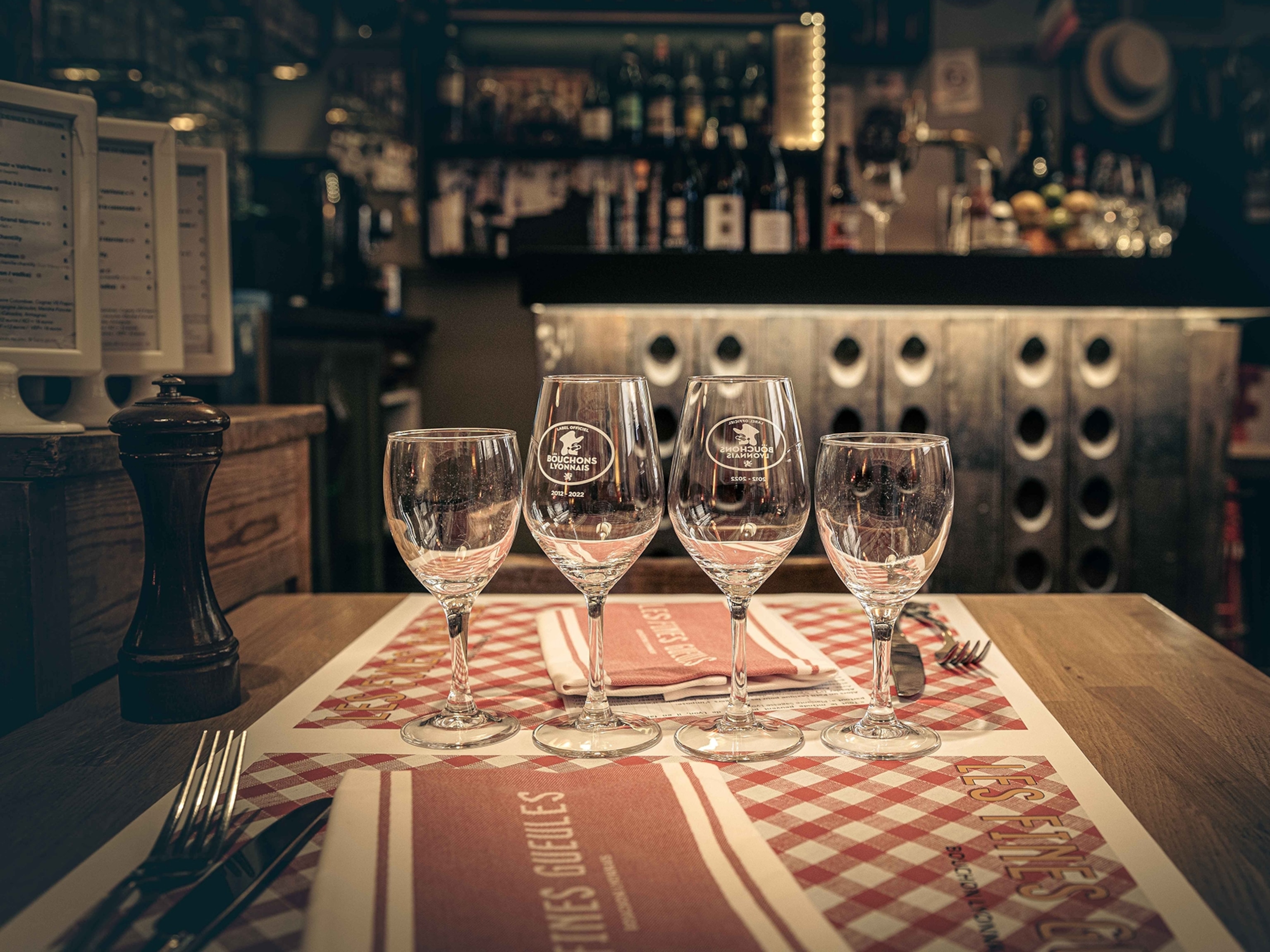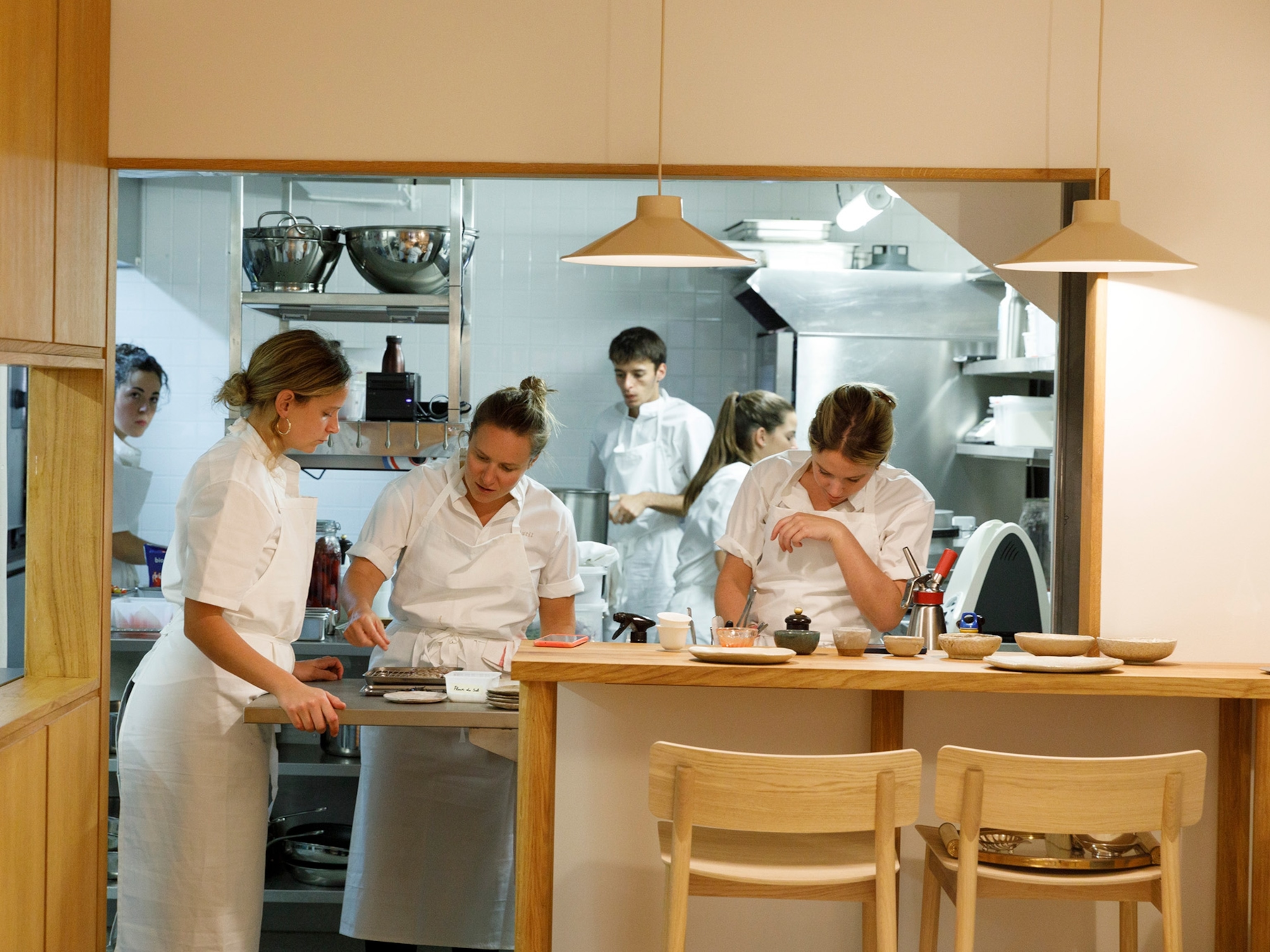I've dined in Tuscany for over 20 years—this is where to eat in autumn
Cookbook author and long-time resident of Italy, Amber Guinness reveals the best Tuscan dishes and dining spots to discover this autumn — prime season for porcini, olive oil, chestnuts, truffles and stews.

Although Tuscany is often associated with balmy summer days and the incessant cacophony of cicadas, it’s in the colder months that its food truly sings. As temperatures drop in October, there’s a sense of respite after the long, languid months of searing heat. Autumn is a season of hard work, when everything Tuscany’s fertile lands have to offer is harvested and transformed into produce celebrated the world over—ruby-red wines, thick, acid-green new olive oil, plump porcini mushrooms, and musky white truffles. In the mountains, chestnuts fall and are roasted over open flames, their sweet flesh kissed with smoke. Contrary to the meat-heavy image of Tuscan cooking, vegetables, beans, and pulses are central, earning locals the nickname i mangiafagioli—bean eaters—for their beloved fagioli al fiasco (cannellini beans dressed in olive oil). This season of deep, comforting flavours. Here are some of the best places across the region to savour them.
1. White truffles at Locanda il Paradiso, Chiusure
The hallowed white truffle of the Creti Senesi is a gift from the sandy layer of earth atop clay in the lunar landscape of the Creti, an ancient seabed between Siena and Asciano. Forest valleys are carefully managed to create ideal conditions for truffles to grow. At the highest point of the Crete Senesi sits Chiusure, home to Locanda il Paradiso, a family-run trattoria serving hearty Tuscan fare at fair prices for decades. From October to December, specials include fried eggs or buttery homemade tagliolini crowned with gossamer-thin white truffle slices, the heat and fat acting as the perfect encouragement for them to release their intoxicating aroma. Via Porta Senese, 25, 53041 Chiusure SI, Italy
2. Pici ai funghi porcini at Ristorante La Torre, Asciano
Tuscan vegetables are always strictly seasonal, and in autumn, porcini mushrooms are one of its stars. At Ristorante La Torre at Monte Oliveto, the owner proudly announces their arrival. Porcini, with their dense, meaty texture, make a rich pasta sauce when sauteed. The best way to enjoy them here is over the restaurant’s home-made pici, Siena’s signature thick noodle-like pasta. Before dining, wander down the hill to admire the frescoes in the Abbey of Monte Oliveto’s Great Cloister. S. P. 451 di Monte Oliveto , Asciano, Italy
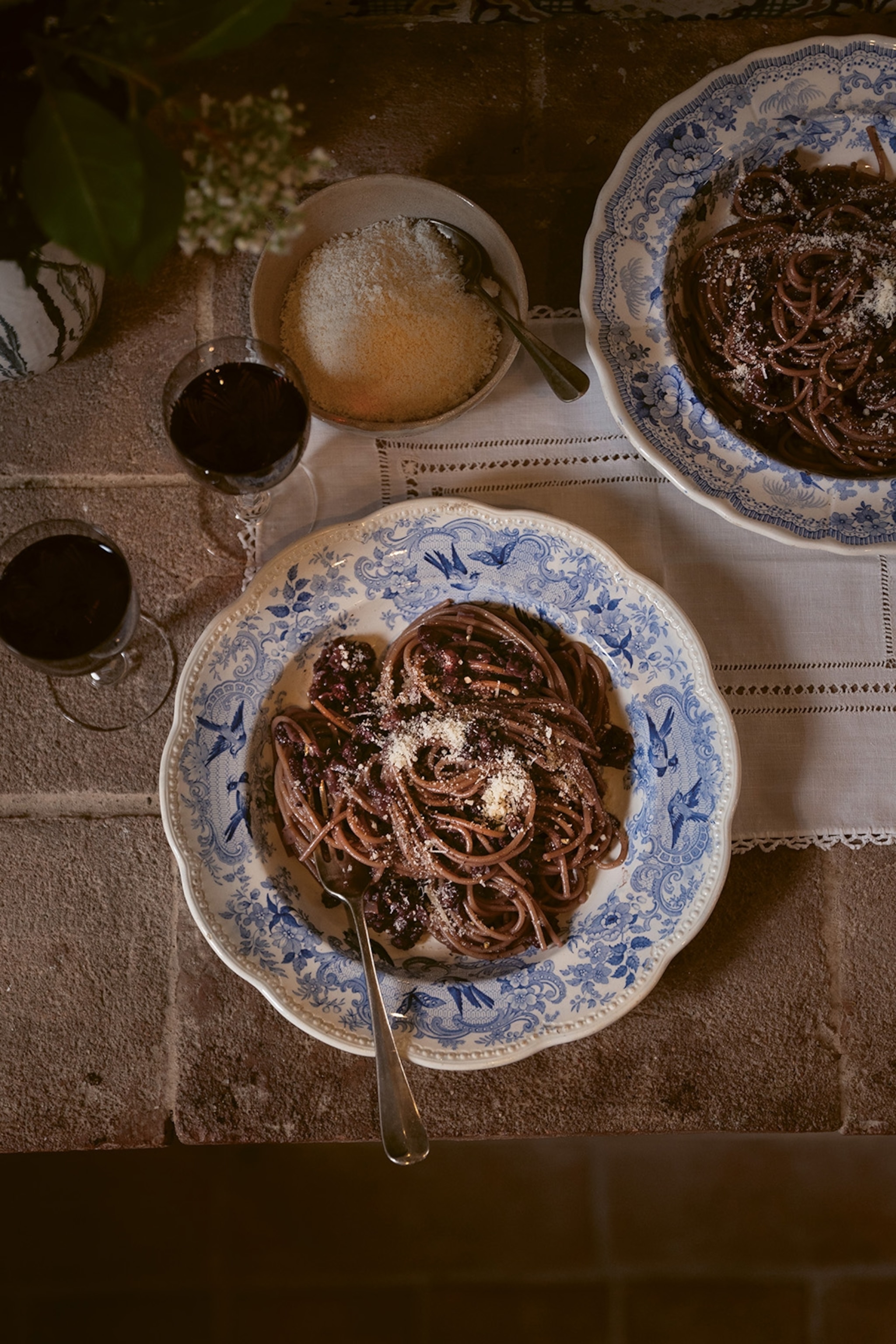
3. Fettunta at Trattoria Cammillo, Florence
Literally meaning “oily slice,” fettunta celebrates Tuscany’s October olive harvest and ‘olio nuovo’—the new season’s vivid green, peppery olive oil. In Tuscany, olives are harvested earlier than elsewhere in Italy for that signature flavour and colour. The oil is showcased on toasted bread with a sprinkle of salt. At Trattoria Cammillo, one of Florence’s finest, the fettunta features oil from the owner’s family estate, packing a lively peppery kick into this humble yet irresistible bite. Borgo San Iacopo, 57/r, 50125 Firenze FI, Italy
4. Artichoke Salad & Fried Artichokes at Vini e Vecchi Sapori, Florence
Tucked off Piazza Signoria, this tiny Florentine restaurant cooks some of the best artichoke dishes in the city. Preparing artichokes is labour-intensive as it involves removing all the inedible leaves and the fury ‘choke’ in the centre, making them a treat best saved for dining out. The return of the artichoke crops signals the arrival of the colder months and here their being in season is celebrated with a salad of thinly sliced artichokes, pecorino, olive oil, and lemon, as well as crispy fried artichoke wedges, served on their own as a starter or alongside stewed rabbit as a main course. Via dei Magazzini, 3/r, 50122 Firenze FI, Italy
5. Peposo at Ristorante Da Mario, Buonconvento
Renaissance master architect, Brunelleschi apparently discovered peposo (a rich inky black stew made from cheap cuts of beef, red wine and pepper) while on an expedition to find materials to build Florence’s cathedral. When visiting the potters of Impruneta south of Florence he tried this dish, cooked for hours in the kilns where they made their bricks and pots. Peposo has been a staple of the Tuscan kitchen ever since and the one cooked by Ristorante da Mario is one of the best, aromatic, deeply flavoured and with the beef falling a part into the wine-dark sauce. A small informal family-run restaurant in the historic centre of Buonconvento’s historical centre, it’s the perfect place to taste some of Tuscany’s most celebrated meat dishes, from peposo to cinghiale in umido—wild boar gently braised in tomato. Via Soccini 60, Buonconvento 53022
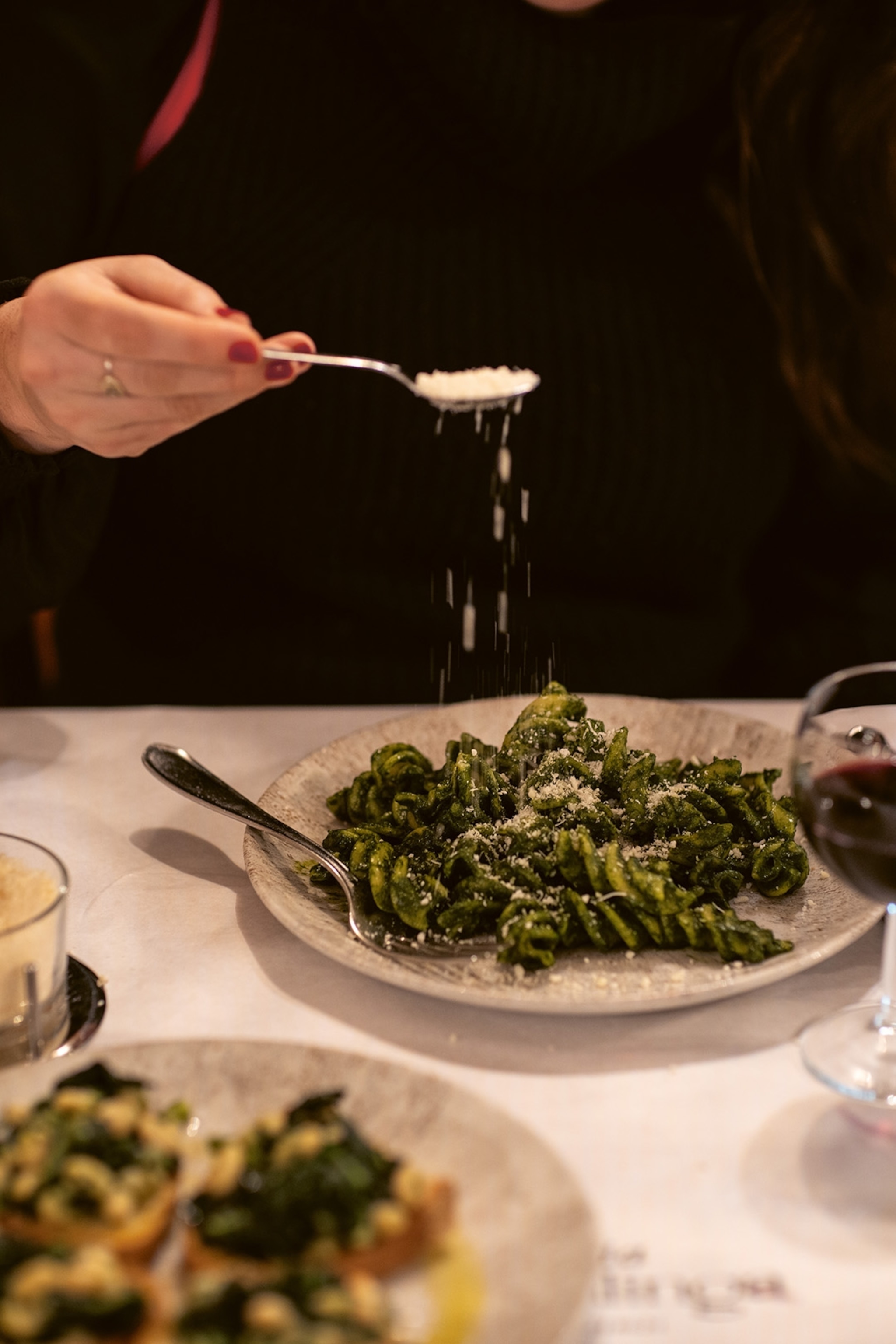

6. Cavolo Nero Pesto at Casalinga, Florence
Cavolo nero, Tuscany’s iconic leafy brassica, is transformed at Casalinga, a third-generation family restaurant in Florence’s Oltrarno district. The leaves are blanched, plunged in an ice bath, drained, and blended with walnuts and pecorino into a vibrant green winter pesto, served with fusilloni pasta. Casalinga also offers crostoni topped with braised cavolo nero and creamy cannellini beans, another Tuscan signature. Via dei Michelozzi, 9R, 50125 Firenze FI, Italy
7. Chestnuts on Monte Amiata
Climb the winding, bumpy roads to the inauspicious looking hamlet of Seggiano on Monte Amiata in southern Tuscany, and you’ll find Il Silene, the Michelin-starred restaurant of chef Roberto Rossi. Known for its panettone and wine list, the autumn menu showcases the mountain’s sweet, meaty chestnuts in dishes like velvety chestnut soup and roasted chestnuts served with porcini-fed Amiata rabbit.
8. Sienese Ricciarelli at Le Dolcezze di Nanni, Buonconvento
Travelling towards Montalcino or the Val d’Orcia, you’ll pass Buonconvento on the ancient Via Francigena pilgrimage route. Here, Le Dolcezze di Nanni bakery specialises in Tuscan treats, especially ricciarelli—soft almond biscuits from Siena, made from almond flour, egg whites, and sugar. Originating in the 15th century, when almond sweets became fashionable, they evolved from “marzapetti” (little marzipans) into today’s delicately chewy ricciarelli by the 1800s.
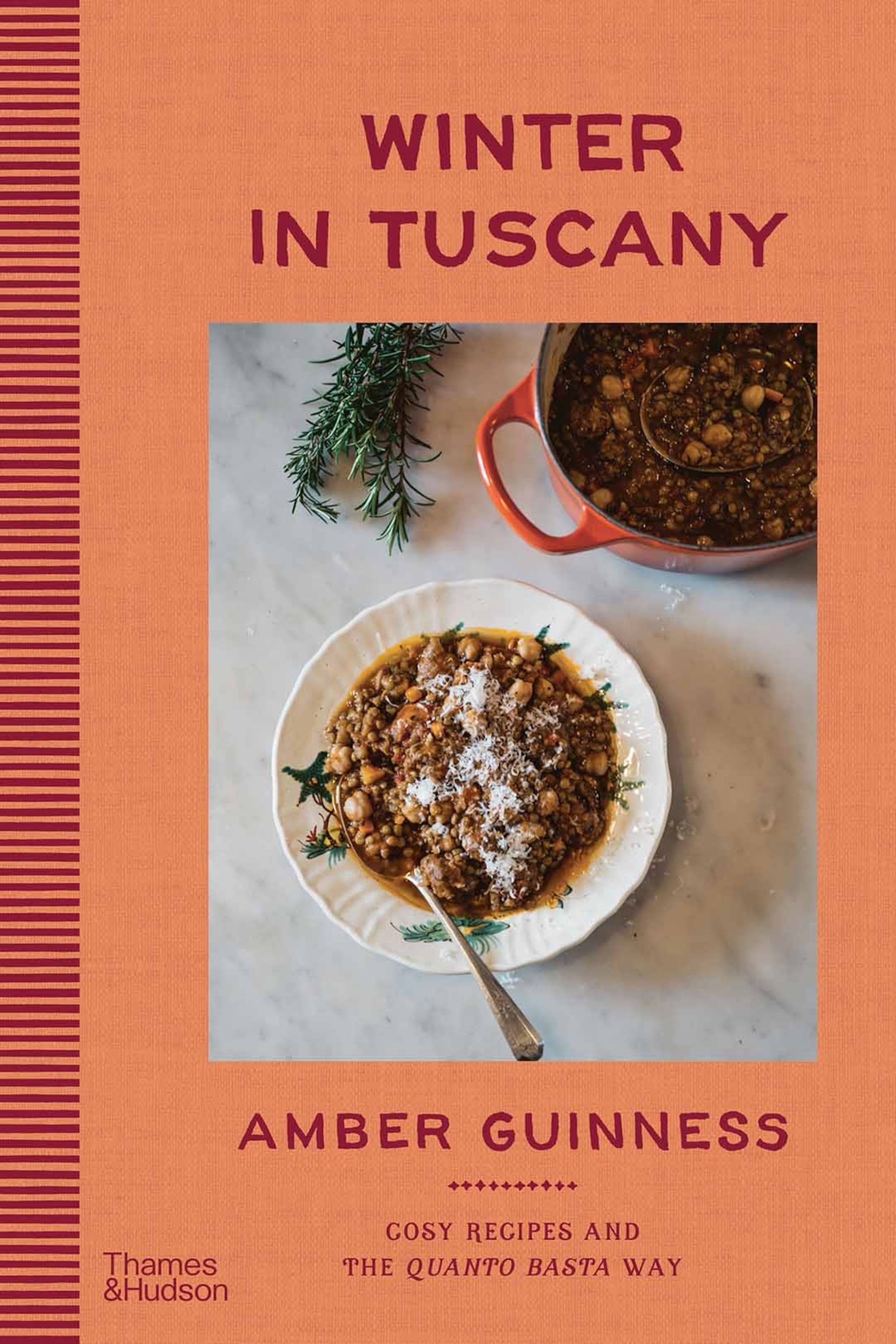

Winter in Tuscany, Thames & Hudson £29.99





